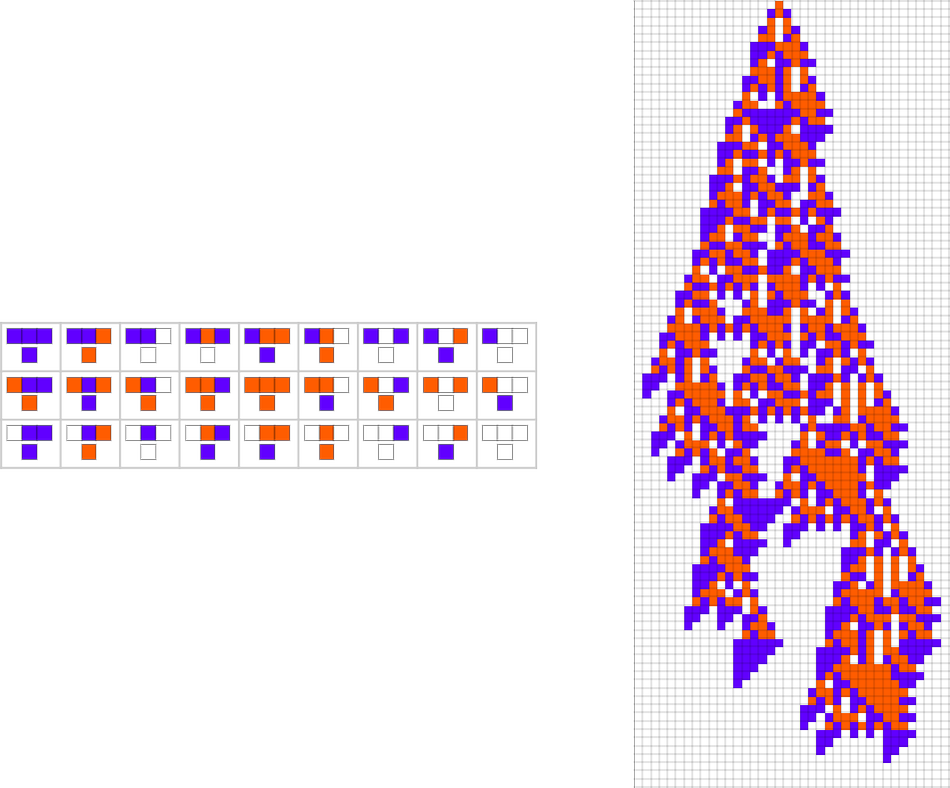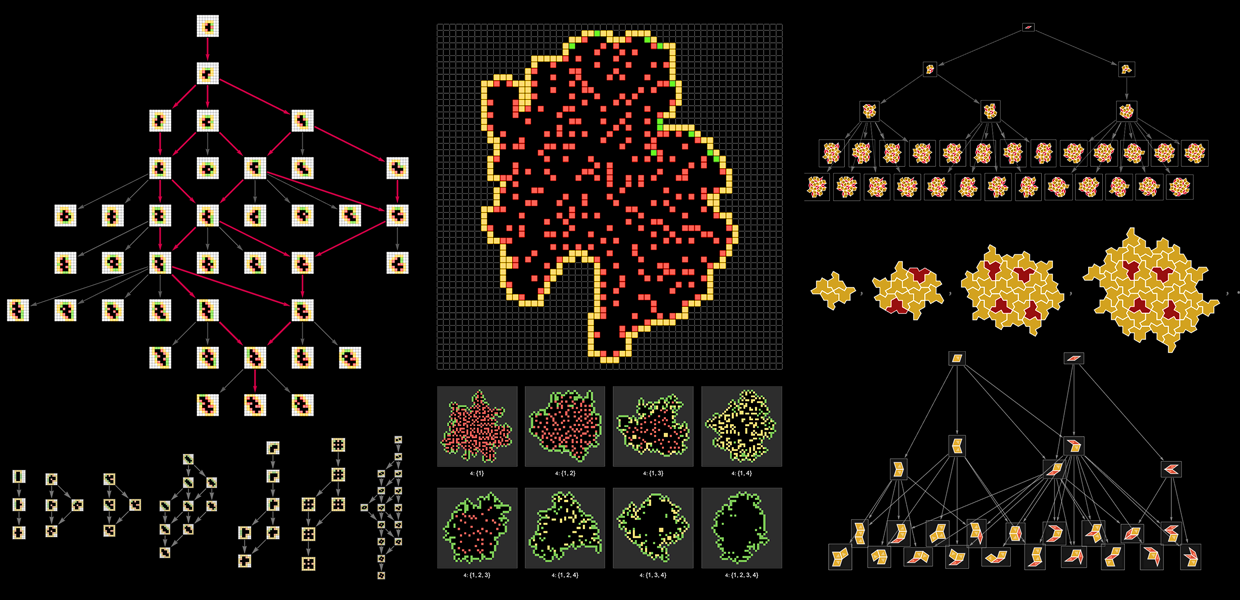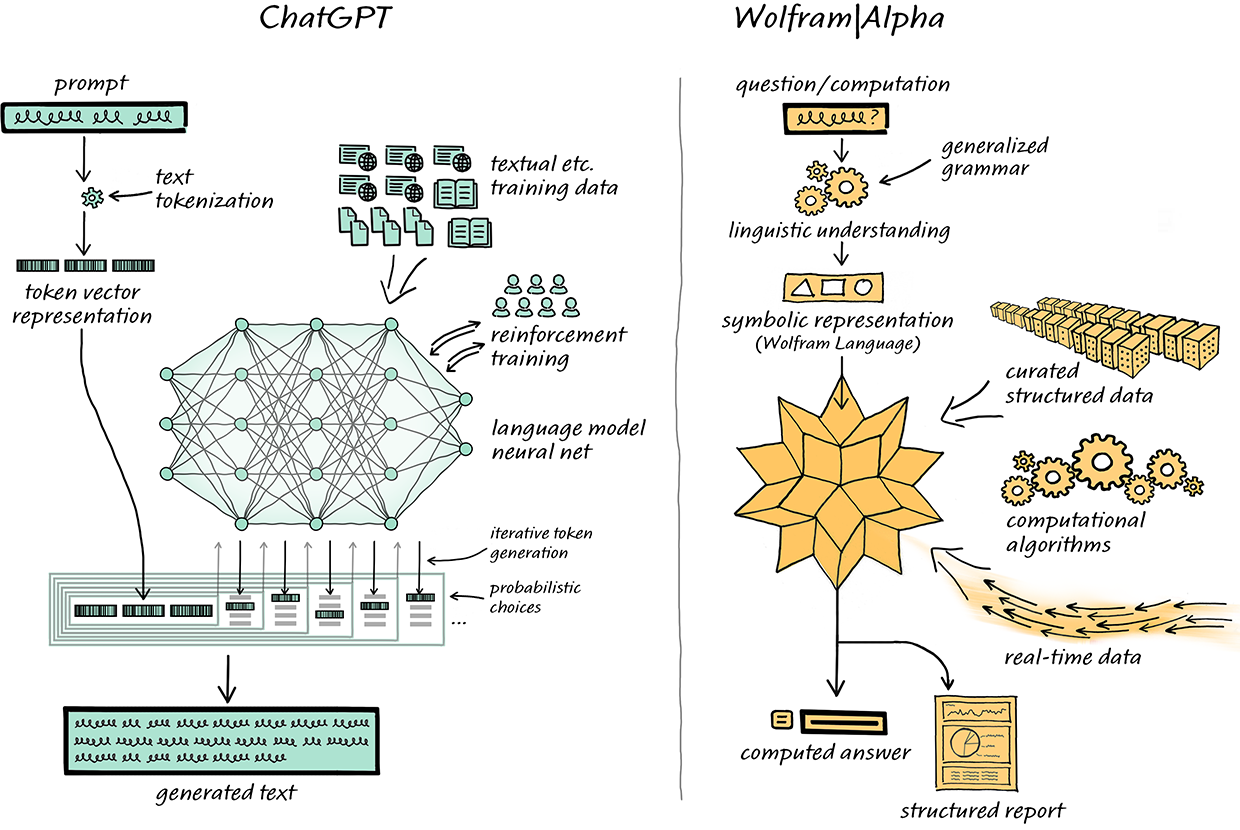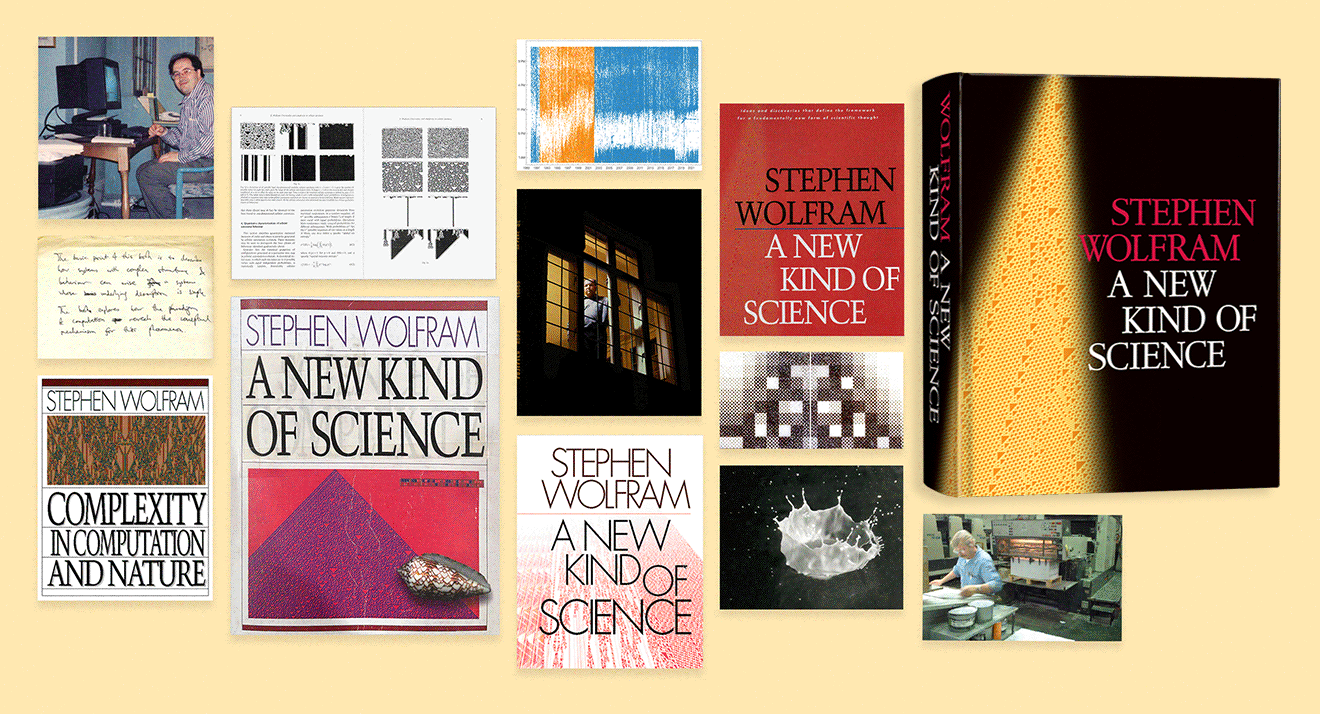In the last several weeks, I’ve given talks about innovation, mobile technology, mathematics and philosophy. Last week I gave a talk at the Bio–IT World conference in Boston.
At the beginning I covered many of my favorite topics: Wolfram|Alpha, Mathematica, A New Kind of Science. But then I turned more specifically to biomedicine, and talked about quite a few topics that I’ve never discussed in public before.
Here’s an edited transcript.

OK. Well. I’m going to talk about some pretty ambitious things here today.
Both in technology and in science.
I’m going to talk about what we can know, and what we can compute, in biomedicine.
And about how we can make use of that.
I’m going to talk both about some practical technology and some basic science that I’ve been involved in building, that tries to address those things.
Many of you I hope will have seen and used Wolfram|Alpha, which has been off entertaining us in the background there.
Let me start with that.
You know–when computers, and I, were a lot younger, it used to be a common assumption that one day one would just be able to walk up to a computer and ask it anything.
And that if what one asked could somehow be answered on the basis of any knowledge that had been accumulated in our civilization, then the computer would be able to figure it out.
Well, 30 years ago I started wondering what it would take to actually do this.
And at first I have to say I thought the only possibility was to build a whole artificial intelligence—a whole brain-like thing that somehow thinks like a human.
And that seemed really hard.
But gradually I realized that actually, that might not be the right direction at all.
And that we might not want to build sort of the analog of a bird—but rather the analog of an airplane.
And that computation—and a bunch of ideas around it—might be the key.
Well, by that point I’d assembled a pretty big stack of technology and science, and organizational capability.
And a little more than five years ago I decided it was time to try a serious assault on the problem—of making the world’s knowledge computable.
Well, the result was Wolfram|Alpha. Which is a very long-term project.
But already gets used every day by millions of people, who manage effectively just to walk up to it and have it answer all kinds of things.
Continue reading


































































































 We’ve always got a large pipeline of R&D underway, and our strategy for .1 versions is to use them to release everything that’s ready at a particular moment in time. Sometimes what’s in a .1 version may not completely fill out a new area, and some of the functions may be tagged as “experimental”. But our goal with .1 versions is to be able to deliver the latest fruits of our R&D efforts on as timely a basis as possible. Integer (.0) versions aim to be more systematic, and to provide full coverage of new areas, rounding out what has been delivered incrementally in .1 versions.
We’ve always got a large pipeline of R&D underway, and our strategy for .1 versions is to use them to release everything that’s ready at a particular moment in time. Sometimes what’s in a .1 version may not completely fill out a new area, and some of the functions may be tagged as “experimental”. But our goal with .1 versions is to be able to deliver the latest fruits of our R&D efforts on as timely a basis as possible. Integer (.0) versions aim to be more systematic, and to provide full coverage of new areas, rounding out what has been delivered incrementally in .1 versions.

































![In[1]:= CloudDeploy[APIFunction[{}, 1 &]] In[1]:= CloudDeploy[APIFunction[{}, 1 &]]](https://content.wolfram.com/sites/43/2015/04/cloud-bug-hunting-in1.png)




![Hello World from Tweet-a-Program: GeoGraphics[Text[Style["Hello!",150]],GeoRange->"World"] Hello World from Tweet-a-Program: GeoGraphics[Text[Style["Hello!",150]],GeoRange->"World"]](https://content.wolfram.com/sites/43/2014/09/tweet-a-program-hello-world.png)
























































